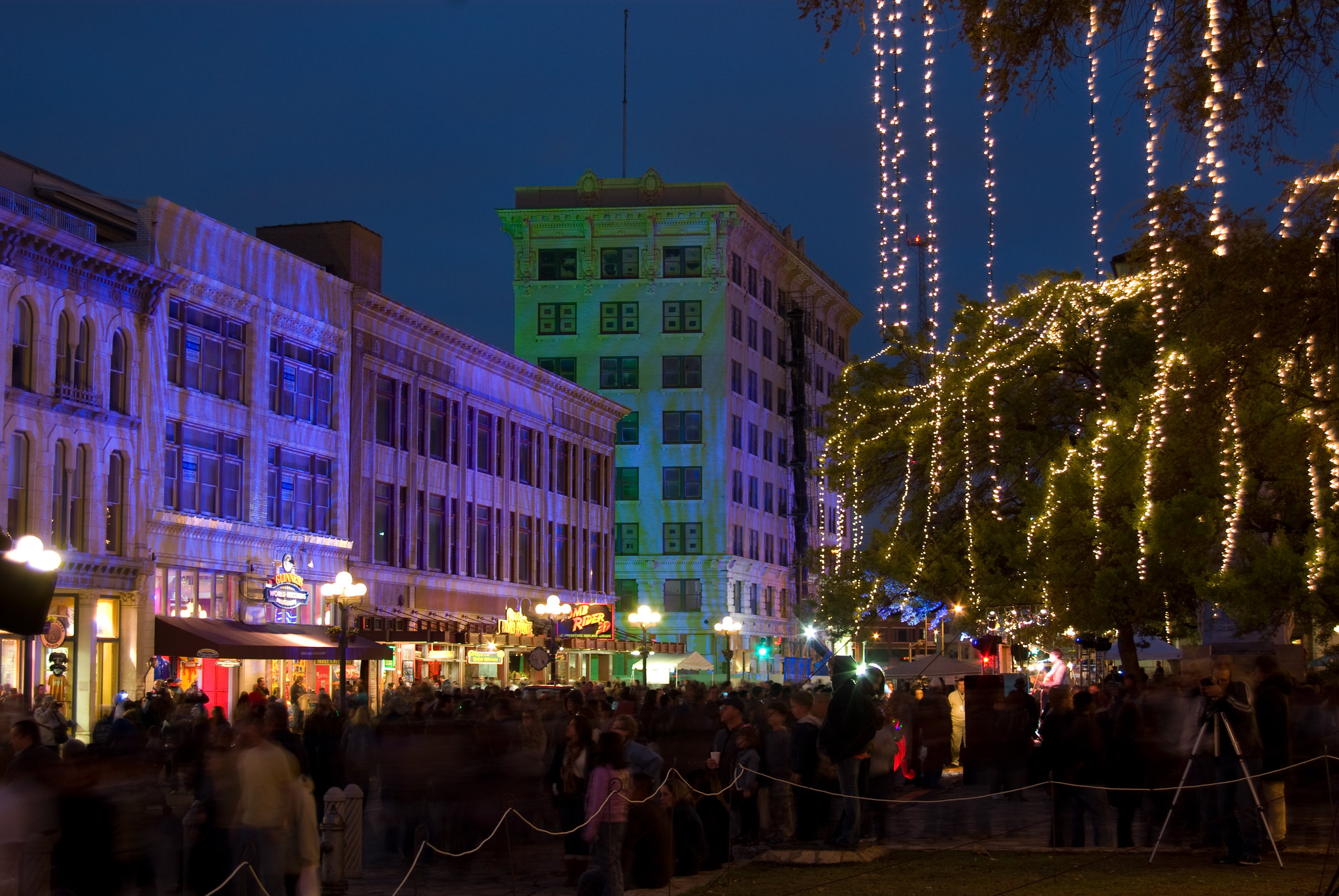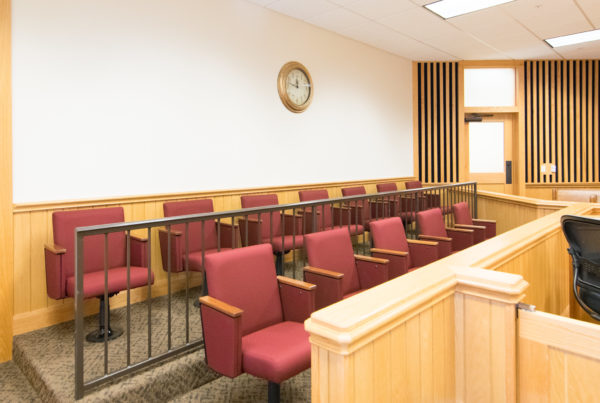The tourist attractions across from Alamo Plaza – including Ripley’s Believe It or Not and a wax museum – will make way for a museum and visitor’s center as part of the redesign of the area around the Alamo.
The San Antonio Express-News reported that Phillips Entertainment, which leases space to the businesses in the Woolworth and Crockett Buildings, agreed to vacate them.
Lewis Fisher, a San Antonio historian and the author of “Saving San Antonio: The Preservation of a Heritage,” spoke to Texas Standard about the history of the buildings.Listen to the interview above or read the transcript below.
This transcript has been edited lightly for clarity:
Texas Standard: There’s been a lot of debate in San Antonio about the future of those Woolworth and Crockett buildings. Why are those so special?
Lewis Fisher: Well, the Woolworth Building looks like a standard department store and was built in the 1920s. It’s three stories. But in 1960, the lunch counter in the Woolworth Building was the site of the first Woolworth’s in the south to be peacefully integrated, and that makes it a significant civil rights landmark. The Crockett Block, which is just to the south, is also a three-story building, but that is of limestone and iron, and dates from 1883. And what’s interesting about that is it says as the top, “Crockett Block.” That is a pretty good indication that even in the 1880s, the Alamo was widely regarded, and David Crockett was also regarded as a hero and [the building] is architecturally significant in addition to being culturally significant.
But nobody is talking about knocking down the buildings, right?
At one time that was that was happening.
But that doesn’t seem to be the concern now. It’s my understanding that they’re talking about using those structures to put in these new museums.
Yes, that’s right. It is a long overdue museum and upgrade for Alamo Plaza. For more than 100 years, tourists would come to San Antonio expecting to see this grand fortress in the middle of nowhere, and they’d look at the Alamo and say, is that all there is?
Well, as someone who studied this area, tell us a little bit about the significance of these changes that have been announced this week. How do you see it?
I think it’s a great step forward. It’s very ironic that the Alamo was the first structure saved for historic preservation only, west of the Mississippi River, purchased with public funds. That is a monument of historic preservation, and it’s ironic that other significant landmarks right across the street would be considered for destruction. But really, the buildings are very well-suited for an adaptive reuse as a museum.
We’re about to enter this new phase of the Alamo once this planned redesign of the grounds becomes a reality. There have been a lot of changes, though, perhaps people are not aware of over the years.
The Alamo Plaza originally was just isolated. It was the edge of town. It was across the river from the main settlement of San Antonio, and it was pretty empty until the Alamo was taken over by the U.S. Army – first before the Civil War, and then again after the Civil War – as a warehouse. And so the plaza itself began to develop after the Army moved out to Fort Sam Houston In the 1870s. Modern commercial development moved in, and the Alamo Plaza actually became the commercial heart of the city of San Antonio. It is really an integral part of the city, and it’s something that the citizens did not want to lose. They didn’t want it taken away from them.















